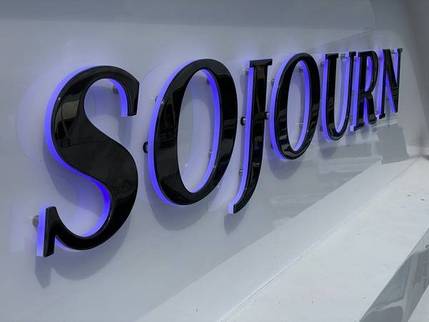Chief Engineers Plead Guilty to Concealing Pollution
According to documents filed in court, including a grand jury indictment and a factual statement signed by Karas, the Tanabata had a removable bypass pipe that was used repeatedly to discharge oil-contaminated bilge waste overboard in violation of the APPS. Karas admitted to the use of a bypass pipe and to concealing the pipe during port calls in the United States to prevent its discovery by the Coast Guard. Karas also admitted to concealing the unlawful discharges in a false oil record book, a required log regularly inspected by the Coast Guard. The log claimed the discharges were being made through the oily water separator, a required pollution prevention device, when in reality it was being bypassed entirely.
During a March 29, 2003, Coast Guard inspectors in Baltimore lifted a deckplate and found a permanently installed bypass pipe on the Fidelio that was part of the ship's original construction. The Coast Guard directed the removal of the bypass pipe which was filled with black oil, according to papers filed in court. Sharpe, who was promoted to chief engineer sometime after the inspection, continued making unlawful discharges through a new method that involved the use of a fire pump which were concealed with a false oil record book for the ship. Engine room operations on board large ocean-going vessels generate large amounts of waste oil and oil-contaminated bilge waste. International and U.S. law prohibit the discharge of waste containing more than 15 parts per million oil and without treatment by an oil water separator and oil sensing equipment. The regime, established by the MARPOL Convention (Annex I)-a treaty signed by more than 135 countries representing approximately 97.5 % of the world's commercial tonnage and implemented into U.S. law by the APPS - also requires that overboard discharges be recorded in an oil record book. Another chief engineer of the Tanabata remains under indictment and the investigation is continuing. An indictment represents allegations brought by a grand jury. Defendants are presumed innocent until proven guilty.










